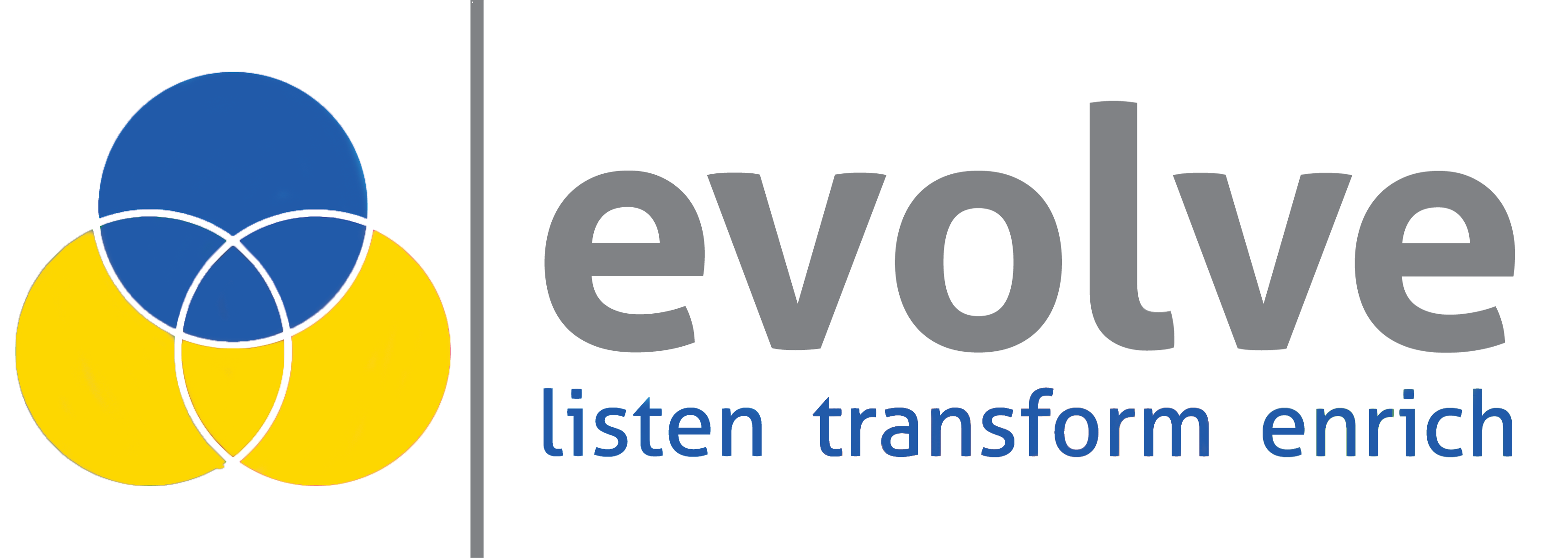In 2020, to say that customer expectations have never been higher is an understatement. Whether it’s in the private or public sector, organisations need to take the leap from legacy technology to cutting-edge solutions that evolve consistently to meet the demands of the modern tech-savvy customer.
To meet the expectations of the market, most companies place cloud-native applications at the heart of their digital transformation strategy. This is because cloud-based transformation is vital to accelerate growth and deliver enhanced user experiences (UX).
While digital transformation (and cloud computing) is a must, there are many reasons why a lot of government agencies and businesses fail to upgrade their infrastructure. Most often, it comes down to resources.
But with that said, old legacy software and hardware can quickly become a burden. It can be difficult and cost-intensive to maintain, and the lack of patches, support, and updates can also increase your exposure to risk.
So when is it time to retire legacy technologies and move up to the cloud? When should you embrace a Software-as-a-Service (SaaS) model? Let’s take a look.
1. When You Lose a Competitive Advantage
Your software is only as good as your last update. Successful software heavily depends on new features, functions, and updates to meet rising demands and maintain relevance in a fiercely competitive marketplace.
Doing this successfully depends on testing and regular feedback from users. When companies adopt a SaaS model, smart algorithms can also be deployed to monitor user behaviour, develop faster feedback loops, and improve software protocols.
When you’re not engaging in monitoring, testing, and continuous improvement, you’ll lose your competitive advantage in the marketplace.
2. When Traditional Processes Fail to Deliver
When your tried and tested technologies become cumbersome and have an impact on your bottom line, an upgrade is crucial to business relevance.
For example, Hope Cement reached out to us at Evolve to update their Proof of Delivery (POD) process. It was high time to do so as it was costly and labour-intensive and demanded two full-time customer service professionals to locate the correct paperwork (to forward to the customer).
This happened whenever customers called Credit Control to request their POD, and it quickly escalated to more than 1000 calls a month. Our bespoke solution was a cloud-hosted user-friendly self-service POD portal where the customers could complete the request themselves, seamlessly.
We achieved this by integrating the self-service portal with a third-party scanning partner and added a reporting function (to alert the company about potential problems).
Within three months, those 1000 calls became zero. This approach helped save the company time and money while boosting customer experiences.
3. When Legacy Technology Compromises Cybersecurity
If your company is running on a foundation of legacy applications and infrastructure, your exposure to risk will be significant. In fact, we can even say that you’ve reached the “code red” stage where there’s reason to panic.
To avoid a potential data breach and to mitigate risk, it’ll be critical to update and patch your existing technologies. It’ll also serve you well to migrate your enterprise infrastructure to the cloud.
In the long-term, you will save money by minimizing technical debt and eliminating all the complexities associated with managing patches and updates.
Cloud infrastructure can also help your in-house security team engage in real-time threat hunting and security automation to keep your valuable digital assets protected.
Prior to making any decisions regarding your tech debt elimination, it makes sense to conduct a comprehensive cybersecurity audit. One of Evolve’s flagship products is Pro-evaluate, a flexible digital tool for security and compliance evaluation and auditing. Check it out and request a demo to see this powerful software in action.
4. When You Want to Save Time and Money
Beyond security, legacy systems are also written in outdated and often completely obsolete programming languages. So maintaining outdated technologies and securing them can quickly become an expensive nightmare.
However, with cloud computing, you can avoid this headache altogether and eliminate hardware and maintenance costs. Furthermore, if you adopt a SaaS model, it’ll be much easier to budget and minimize unexpected costs.
Finally, an indirect benefit is the fact that modern dynamic and functional programming languages like Elixir are highly optimised and expected to evolve and scale for many years. This makes your investment in cloud technologies sound and costs can be spread over a considerable period of time.
Before switching to the cloud, there are plenty of variables to consider. For example, does your organisation need to lift-and-shift, lift-and-shape, or go completely cloud-native?
Choosing the right strategy will be critical to ensure seamless migration and business continuity. This process needs to start by clearly stating your business purpose and identifying the right approach.
If you don’t have a team of experts who can help make this a painless process, you will be better served to engage an established third-party solutions provider. They will have deep insights, technical know-how, and innovative ideas that ensure a smooth and cost-effective transition. They will also help formulate a plan to dispose your legacy hardware.
If we take Lafarge, for example, one of Britain’s leading aggregate suppliers with 140 plants across the country, they were able to save as much as £4 million a year just by engaging Evolve’s IT strategy consultants.
Do you need help modernising and migrating your legacy infrastructure to the cloud? Request a callback from Evolve, and one of our experts will be happy to answer your questions.

